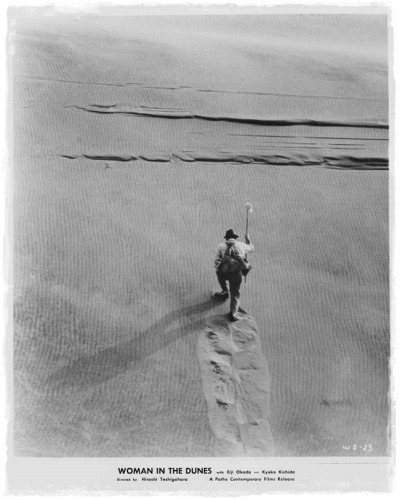

A little Freudian, no?įinally, I found myself struggling to appreciate this book, and on some levels I could. To me the woman was almost symbolic, as it is in a way the woman/the pit/the hole in the ground that traps the man, even though it was the male villagers who put him there. I also found it intriguing to think about why it is called "the woman in the dunes" when the woman is never fully developed as a character, and the male protagonist is the focus of the story.


Metaphorically, it is an existential look at the lives we all live. He struggles, attempts to escape, feels alternately anger at and compassion for the woman, and philosophizes about sand, sex and love, and the meaning of life. Literally, it is the story of a man unwillingly trapped in a disintegrating house in a sand pit with a woman who has been living there for some time, condemned to continually remove sand so it doesn't overpower the house and then the neighboring village. And yet, I suspect all this is as the author intended. I found this Japanese classic extremely difficult to read: so disturbing, so claustrophobic, so infuriating.


 0 kommentar(er)
0 kommentar(er)
